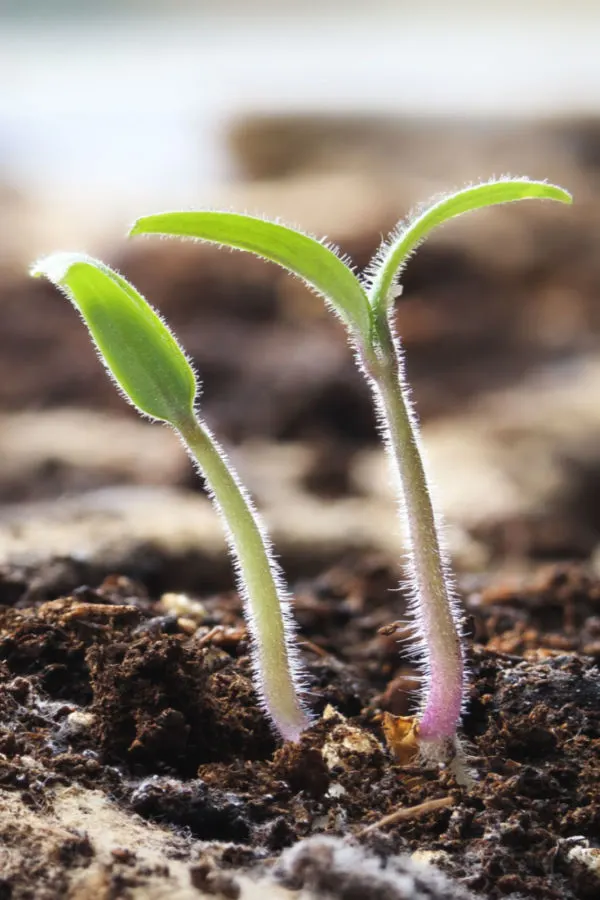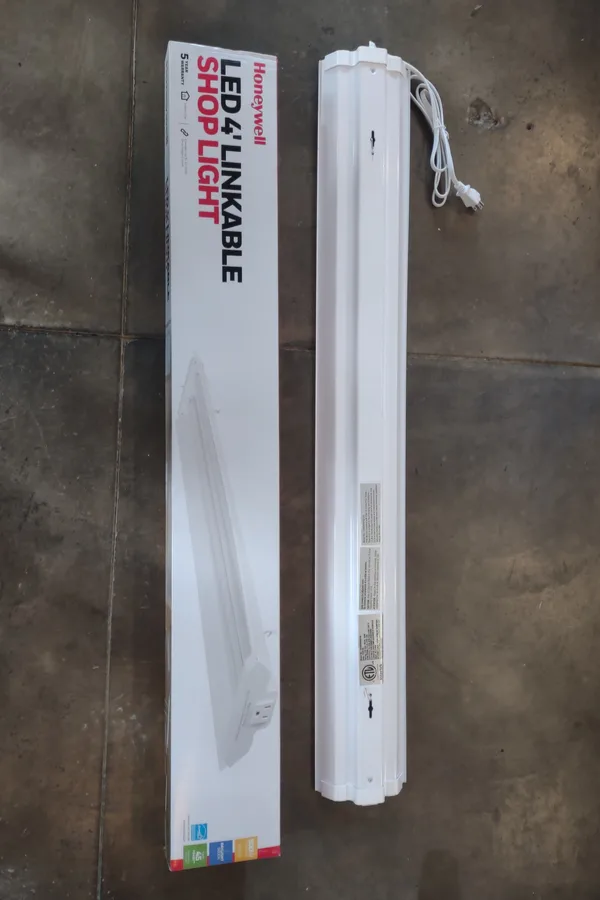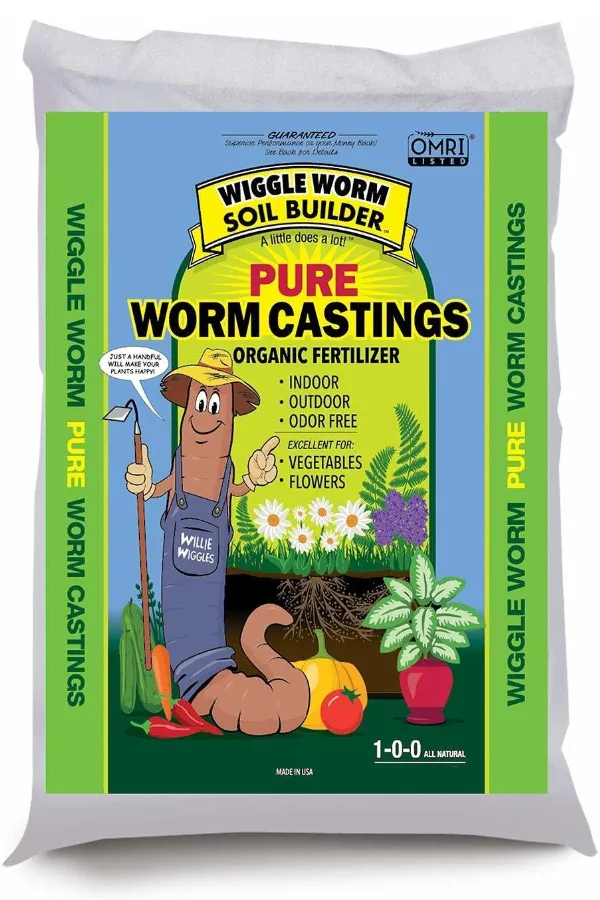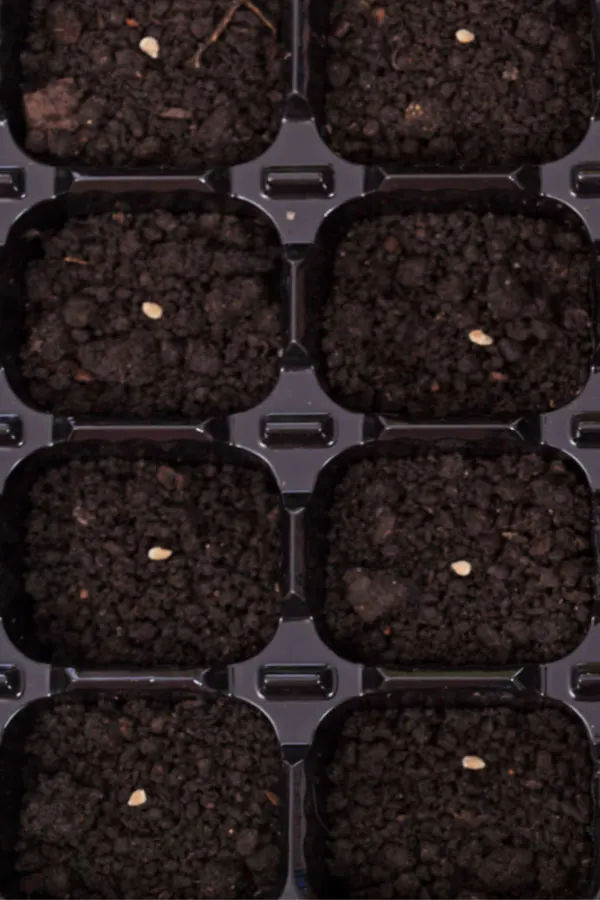Looking to start your own vegetable and flower seeds indoors this year? There is no better way to save money and produce amazing vegetables, flowers and herbs than by starting your own plants from seed!
Like everything else these days, purchasing plants at your local nursery or garden center is getting more and more expensive with each passing year. In addition, the selection of plants at local stores is often limited to only the most common of plants.
But when you grow your own plants from seed, both of those issues are solved in an instant. Quite often, you can purchase multiple seed packets and varieties for far less than the cost of a single store-bought plant. Even better, the sky is the limit when it comes to the variety of seeds that can be found and grown.

But best of all, growing your own plants couldn’t be easier! Contrary to popular belief, starting plants from seed isn’t complicated. Nor does it have to be expensive, time-consuming or require unique equipment.
One of the biggest misconceptions about starting your own seeds indoors is that you need to have special lights and equipment to have success. As you will see below, that couldn’t be further from the truth!
In fact, all it really takes is a few basic supplies and more importantly, proper planning to make sure you have everything you need in place when the time for planting arrives.
Preparing To Start Seeds Indoors
How and when you prepare for starting your vegetable and flower seeds indoors can make all the difference between great success – or frustrating disappointment. The earlier you prepare the better. Especially with how hard it can be these days to find supplies.

Being prepared means ordering seeds early. That not only gives you the best selection of available seeds, but allows plenty of time for delivery as well. In addition, it’s important to have seed containers, seed-starting soil, and a few inexpensive lights at the ready.
With that in mind – here is a look at the 4 key seed starting supplies you will need, along with a few extra tips to start seeds like a pro this year!
What You Need To Start Seeds Indoors
The Importance Of Good Lighting – Why Windowsills Are A Bad Idea!
It is extremely important when preparing your indoor seed starting supplies to think about lighting. Unfortunately, a sunny windowsill is not the answer!
Starting and growing young seedlings in a sunny windowsill is a recipe for seedling disaster. The light coming through a window from the sun is simply too far away to grow strong plants. Once seeds sprout, they spend their time constantly reaching for the far away light of the sun.
Listen In To Our Podcast Below On How To Start Seeds Indoors!
Plants that grow in a sunny window end up weak and spindly. Instead of filling out slowly, they grow tall and thin in quick fashion. In fact, so quickly they usually end up falling over in their container in just a few weeks.
Many times, they struggle to survive indoors. And even if they do make it to planting day outdoors, they are often so weak and fragile they can’t handle the stress of transplanting.
Using Inexpensive LED or Fluorescent Lights As “Grow Lights”
Here’s the good news – you don’t need expensive grow lights to grow seedlings! Standard, inexpensive fluorescent or LED shop lights actually work great for raising vegetable and flower seedlings.
One thing is for sure, it is an inexpensive solution to high-priced growing lights. When it comes to starting vegetable and flower seeds, fancy grow lights are simply not needed. The basic white light coming from the shop lights is more than enough for big success. See : Starting Seeds With Inexpensive Shop Lights

The cool bright lights of these bulbs placed an inch or so above the tops of the plants work wonders for growing strong and healthy plants. And you don’t have to have a fancy plant stand to use them. Simply hang the lights or prop them up over plants and watch your seedlings thrive! Affiliate Product Link : (4) 4′ LED Shop Lights
Purchase Seeds Early – What You Need To Start Seeds Indoors
Whatever you do, order the seeds of the plants you want to grow early! Ordering seeds will ensure you get the quantities and varieties of seed you want. But more importantly, it means you will have them on hand in plenty of time to get your plants started.
Vegetable and flower seedlings need anywhere from 8 to 10 weeks of growth before they are ready to transplant outdoors. And that doesn’t include the 7 to 14 days they need to germinate and sprout. Start now by planning your garden in advance.
This allows you to know what you want to grow and where you will grow each plant. Equally important, it will let you know what seeds you need to purchase to bring your planting plan to life. A simple plan can save you on seed purchasing costs, and have you ready to grow when the time comes! Affiliate Seed Link: Eden Brothers Seed Co.
Seed Starting Mix – What You Need To Start Seeds Indoors
One of the biggest mistakes new gardeners make when starting their own seeds is selecting the wrong soil mix. Having a quality seed starting mix is vital to growing strong, healthy vegetable and flower plants.
A great seed starting mix should be light, airy, and contain plenty of nutrients to feed young seedlings. Avoid using straight potting soil. It is simply too heavy for seeds to germinate and grow. Instead, purchase a soil mix specifically designed for starting seeds, or create your own.
A seed starting mix, as opposed to straight potting soil, is much lighter in its make-up. This makes it easier for seeds to germinate, establish strong roots, and absorb nutrients quickly.
When purchasing a commercial seed-starting mix, look to see if it contains soil-aerating ingredients such as perlite or vermiculite. These ingredients help to lighten the soil, and allow young roots to grow easily and absorb moisture.
In addition, look for mixes that contain pulverized compost or organic fertilizers. These will help to power young seedlings with a slow trickle of nutrients that encourage slow but steady growth. Espoma Organic Seed Starter Premium Potting Soil Mix
Create Your Own Seed-Starting Mix – What You Need To Start Seeds Indoors
You can also create a great seed starting mix quite easily at home. To make, use 2 cups of potting soil, and mix with 1 cup each of perlite and worm castings or pulverized compost.

Worm castings are excellent additions to seed starting soil mixes. Not only do they provide a source of nutrients for young seedlings, they also help to conserve moisture in the soil. They are great for adding to store bought seed starting soil too!
Seed Trays & Pots – What You Need To Start Seeds Indoors
Finally, in addition to having lighting, soil and seeds at the ready, you will also need to have plenty of containers on hand for starting and growing your seeds.
Although there are a lot of options for both commercial and homemade seed starting trays and containers, some are certainly better choices than others. Especially when it comes to giving your plants the best chance of success.
When purchasing seed trays and packets, look for seed starting trays that grow 36 plants or less. Although you can find trays that can start up to as many as 72 plants, the individual spaces are so small they almost guarantee you will need to transplant your plants before being able to plant them outdoors.

By selecting trays with larger cells, you can eliminate this time consuming and costly step. The same goes when using homemade or recycled containers. Although cardboard egg cartons, egg shells, and toilet paper rolls are good for starting seeds, they aren’t big enough to sustain growth for long.
Instead, opt for larger containers like individual yogurt cups or larger plastic cups that can allow for bigger root development and growth. And even more, keep you from having to repot your transplants! Here is to getting your seed starting supplies early, and to growing your own vegetable and flower plants this year!
Looking for more info on starting seeds? Check out our article: The Best Way To Start Tomato Plants From Seed Indoors – 4 Tips To Grow Great Transplants!
Follow Our Facebook Page For Great Gardening Tips And Advice! This Is My Garden Facebook Page
This Is My Garden is a garden website created by gardeners, for gardeners. Jim and Mary Competti have been writing gardening, DIY and recipe articles and books and speaking for over 15 years from their 46 acre Ohio farm. They publish three articles every week, 52 weeks a year. Sign up today to follow via email, or follow along!
